
Fusion Diary: Inside Britain's Race To Fusion
Fusion is maturing rapidly. In August I had an opportunity to visit the Culham Center for Fusion Energy (CCFE), the United Kingdom's national fusion research laboratory, as well as the facilities of First Light and Tokamak Energy, two of the leading British private companies operating experimental fusion devices. All three are in the county of Oxfordshire.
After the visit, I have no doubt that the government and leading institutions in the UK are now fully committed to fusion as a national priority, including the goal not only to build a prototype fusion power plant, but at the same time to create a national fusion industry capable of producing commercial fusion plants in the future.
Efforts have already begun in the UK to create the necessary manpower base of scientists, engineers and skilled workers, along with a legal and regulatory framework for the fusion energy sector. The visit also left a vivid impression of how far fusion has progressed, experimentally and technologically.
As far as I can judge, the UK is the only Western nation to make such a broad and rapidly progressing fusion effort. In their recent article in Asia Times, Matthew Moynihan and Alfred Bortz contrast the UK's national program with the shameful lack of commitment from the side of the United States.
The US also comes off miserably in comparison with China. Although the Chinese government has not (yet) publicly and explicitly made fusion a top national priority , China has an ambitious , broad-based fusion effort , which recently achieved one of the most important breakthroughs worldwide . Perhaps most significant is China's effort in the area of fusion-fission hybrid reactors, which I shall discuss on another occasion.
At the same time,
the Japanese government has recently announced its decision to launch a national fusion effort , analogous to that of the UK.
The present series of articles provides a kind of diary of my UK visit, intended to give readers a view into the country's extraordinary fusion effort as well as a concrete sense of the status and challenges of fusion generally.
At Culham, I visited the facilities of the world's largest tokamak fusion constructed so far: the Joint European Torus (JET). JET was built as a cooperative project of European nations, JET is presently operated and maintained by the CCFE under a contract between the EU and the UK Atomic Energy Agency (UKAEA).
In the JET control room
The author with JET Senior Exploitation Manager Fernanda Rimini. Photo: Courtesy of the author
I discussed JET operation and experimental results in some detail with . From the gallery of the control room of JET, I could witness the staff preparing the system for an experimental“shot.”
Although I was not able to visit the reactor itself – which is surrounded by a biological shield when in operation – I could examine various auxiliary systems on the outside of the reactor as well as a full-scale industrial mock-up of the reactor chamber.
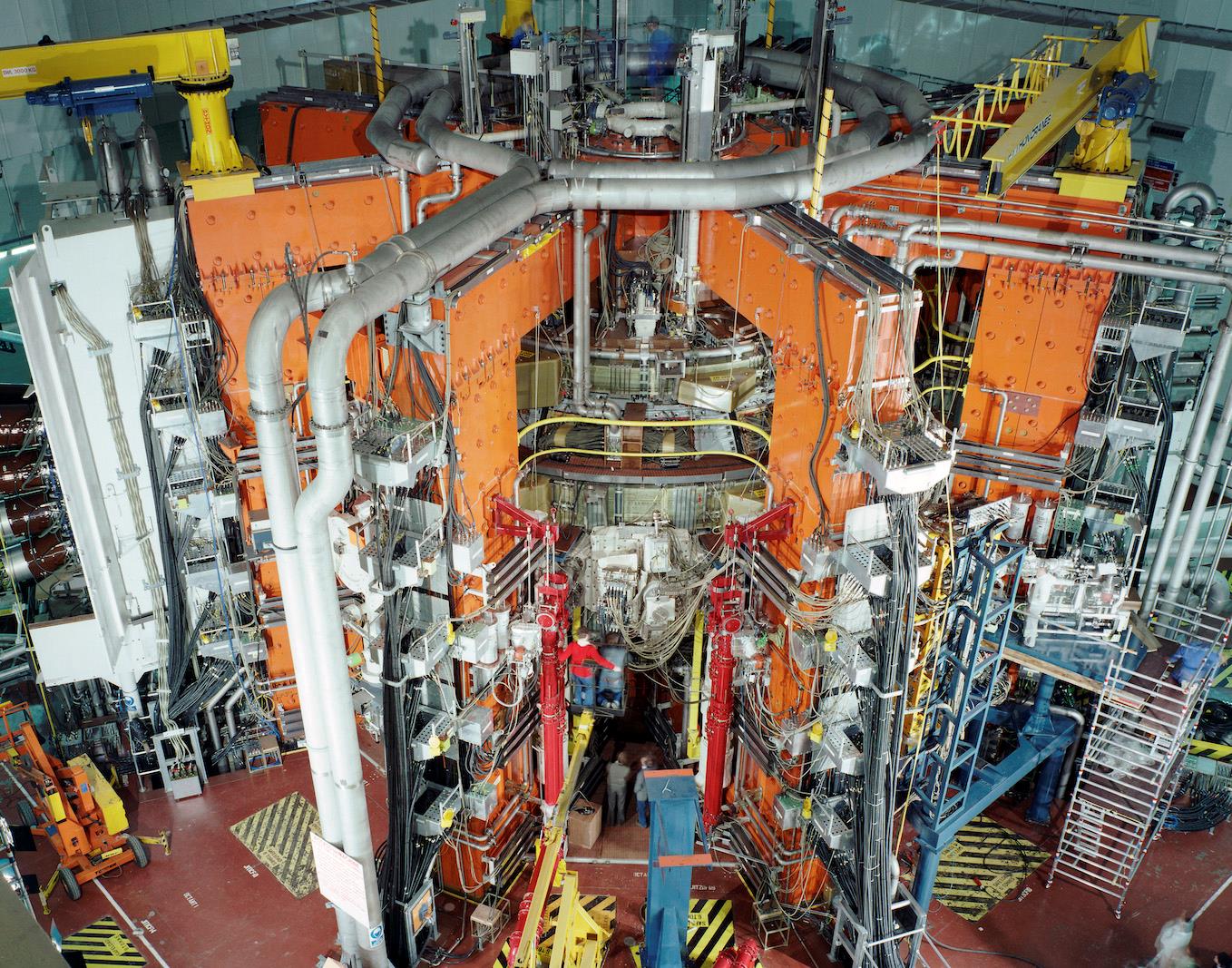
The JET reactor. Photo: Wikimedia
I also visited a JET department devoted to remote-control systems for carrying out maintenance tasks inside the reactor.
First-generation fusion power plants will nearly certainly operate with a fuel composed of the hydrogen isotopes deuterium and tritium fuel, of which tritium is radioactive (half-life of about 12 years). In addition, the intense neutron radiation will induce radioactivity in walls of the vacuum chamber and nearby materials.

Legal Disclaimer:
MENAFN provides the information “as is” without warranty of any kind. We do not accept any responsibility or liability for the accuracy, content, images, videos, licenses, completeness, legality, or reliability of the information contained in this article. If you have any complaints or copyright issues related to this article, kindly contact the provider above.
Most popular stories
Market Research

- Manuka Honey Market Report 2024, Industry Growth, Size, Share, Top Compan...
- Modular Kitchen Market 2024, Industry Growth, Share, Size, Key Players An...
- Acrylamide Production Cost Analysis Report: A Comprehensive Assessment Of...
- Fish Sauce Market 2024, Industry Trends, Growth, Demand And Analysis Repo...
- Australia Foreign Exchange Market Size, Growth, Industry Demand And Forec...
- Cold Pressed Oil Market Trends 2024, Leading Companies Share, Size And Fo...
- Pasta Sauce Market 2024, Industry Growth, Share, Size, Key Players Analys...



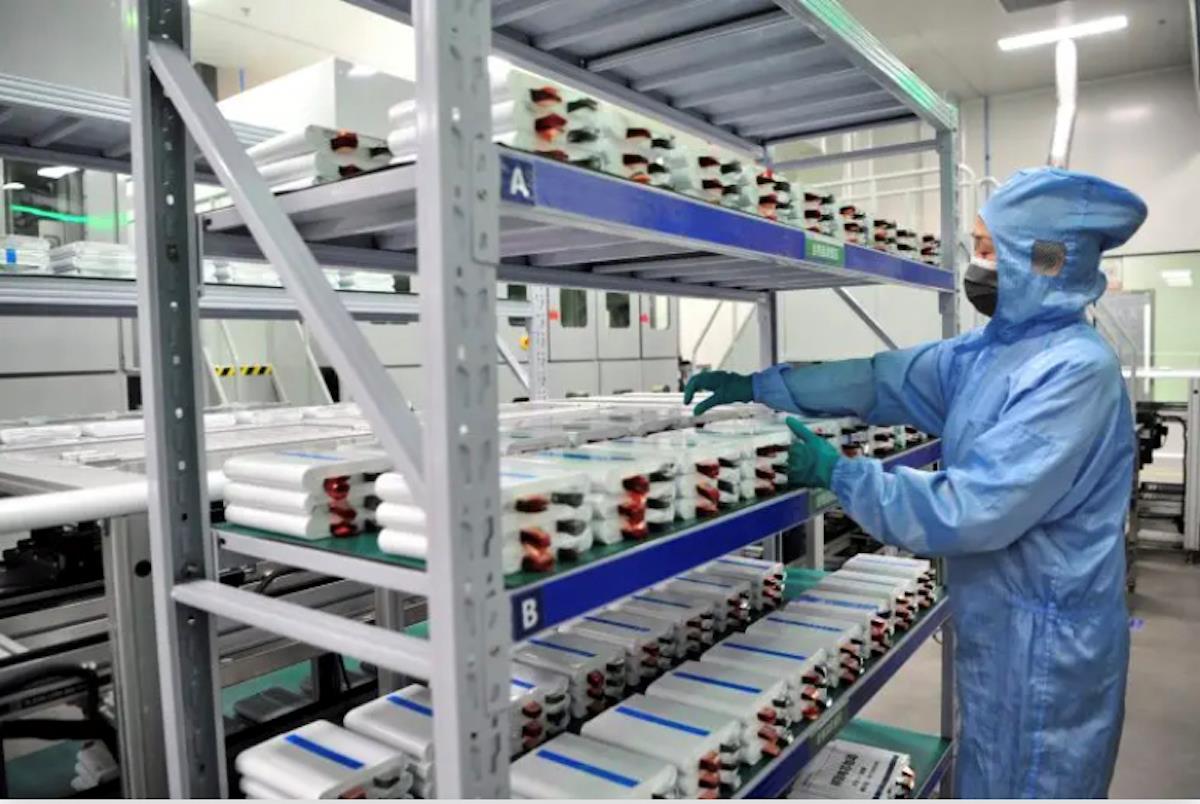


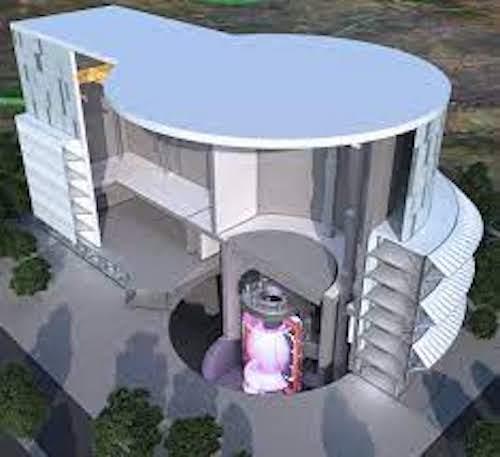
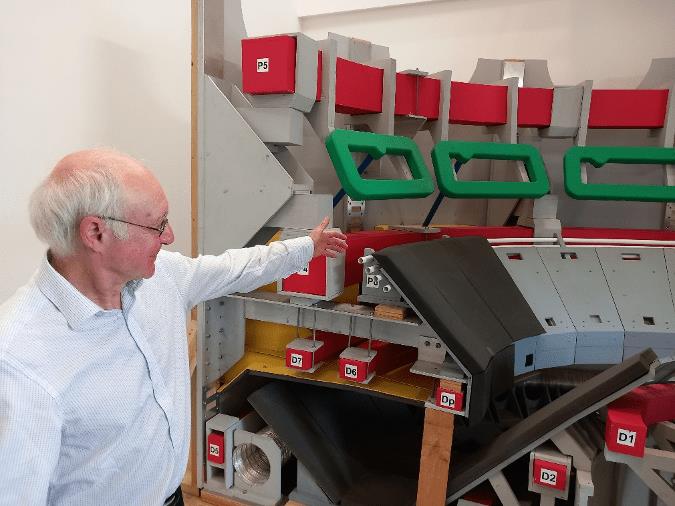
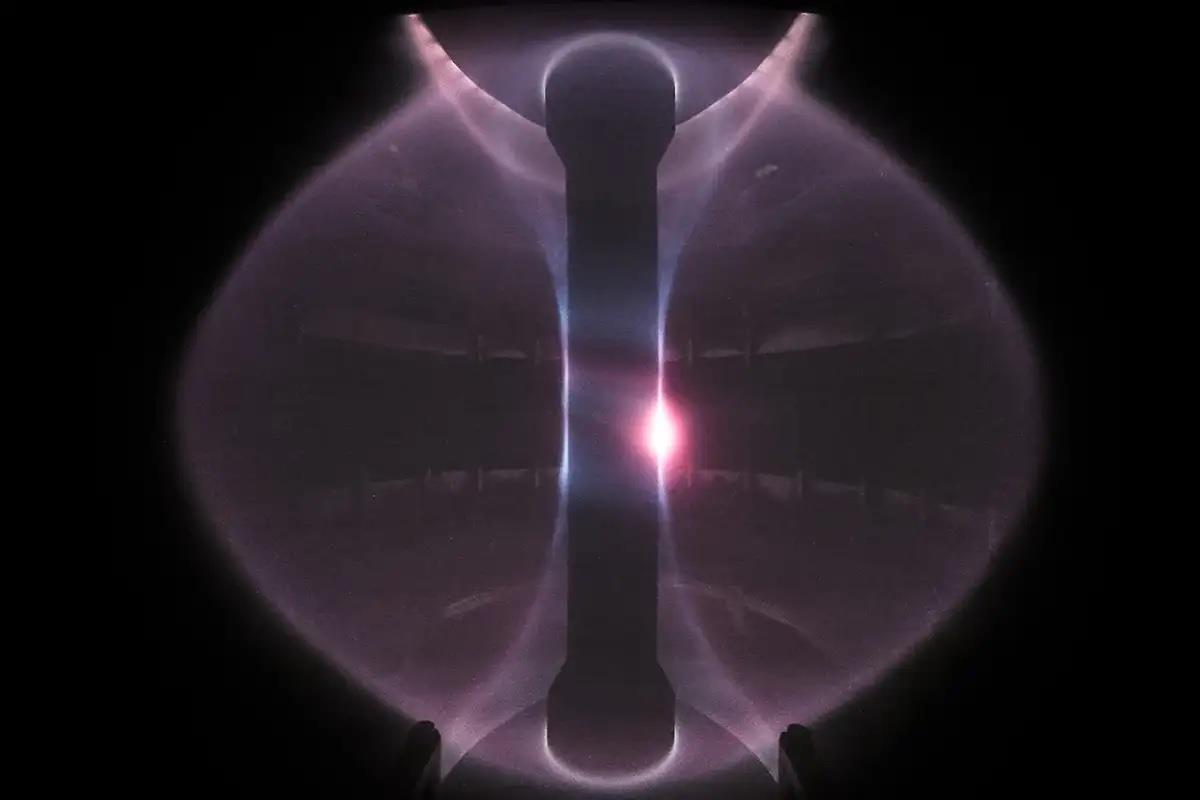
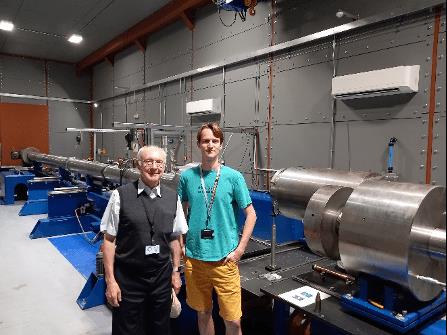
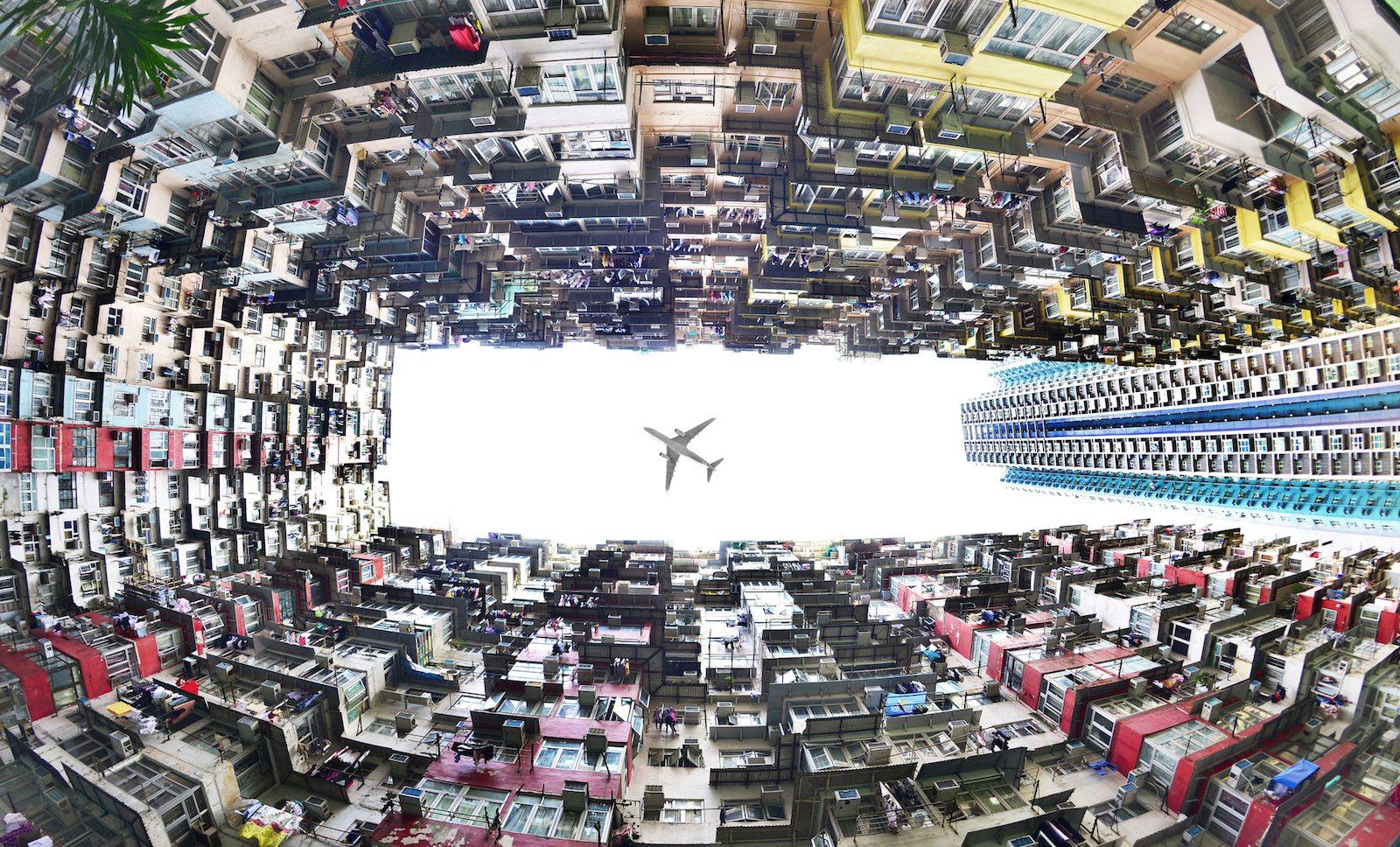
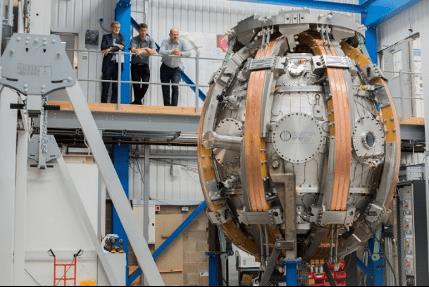
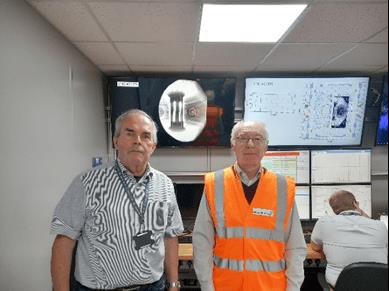


















Comments
No comment